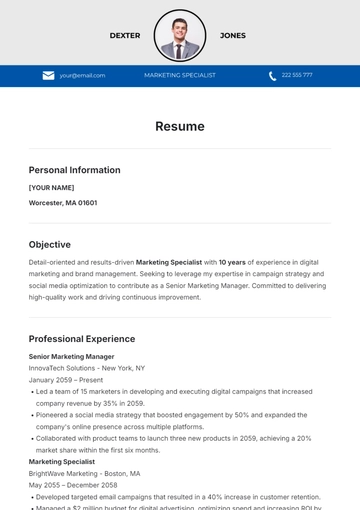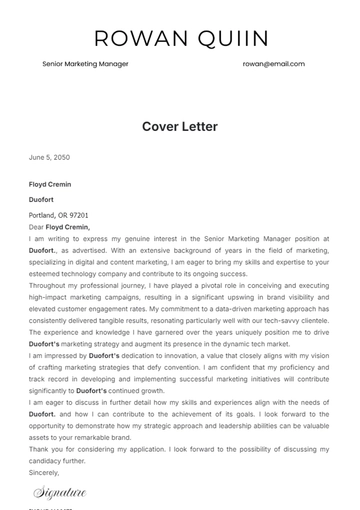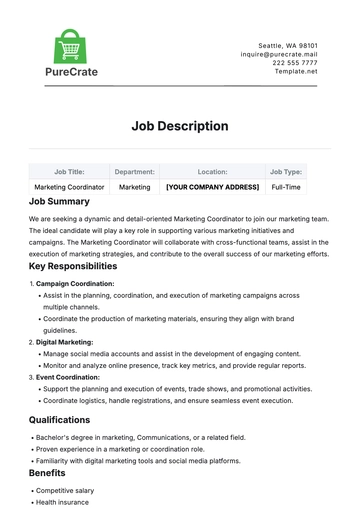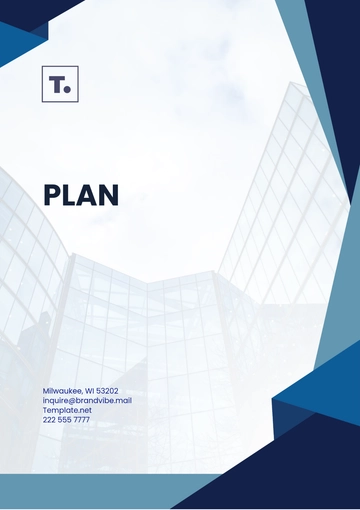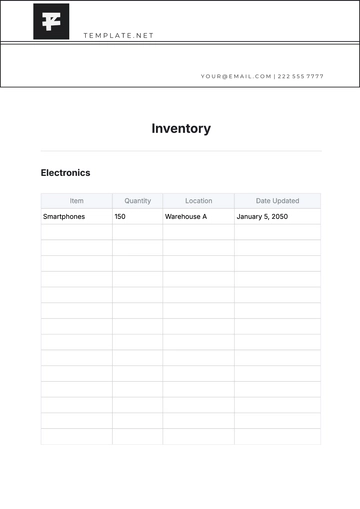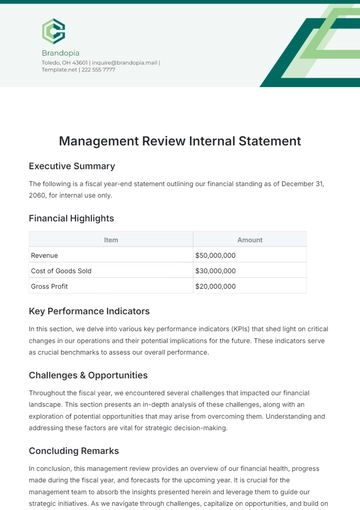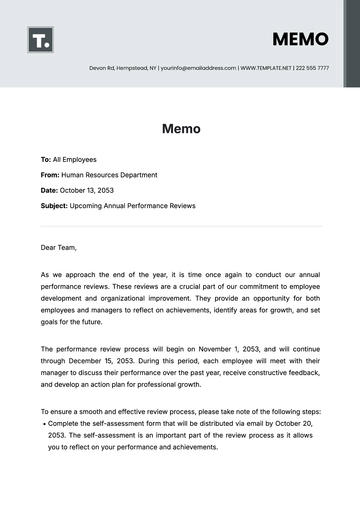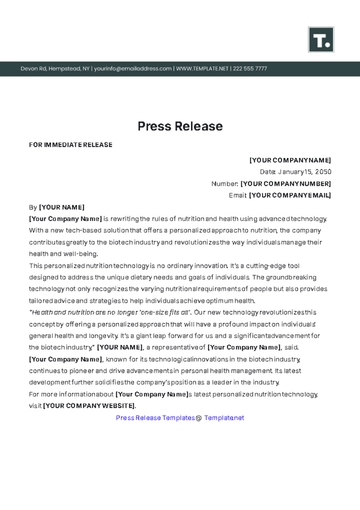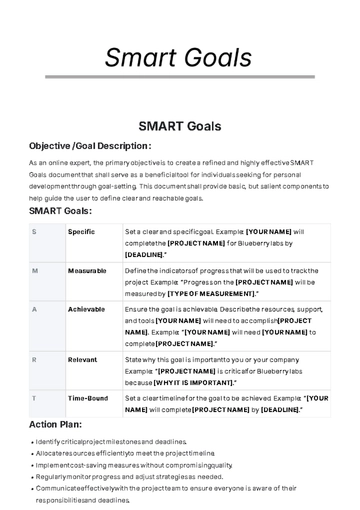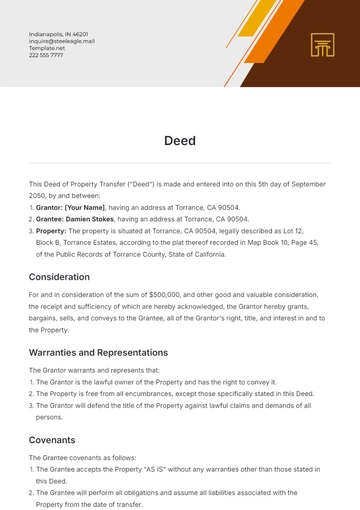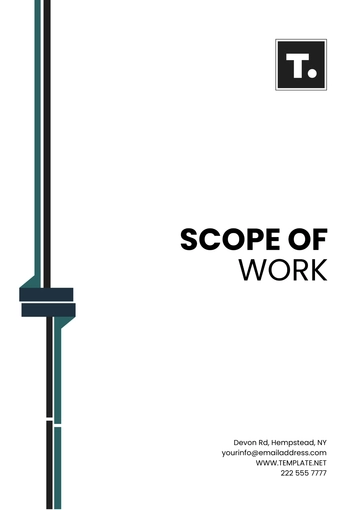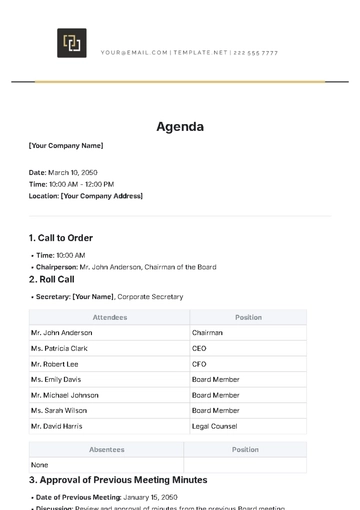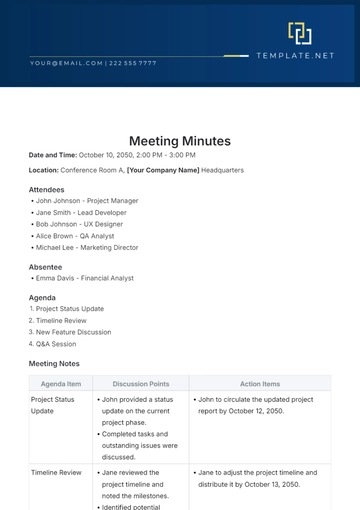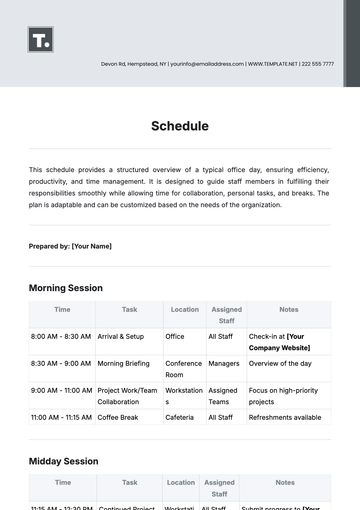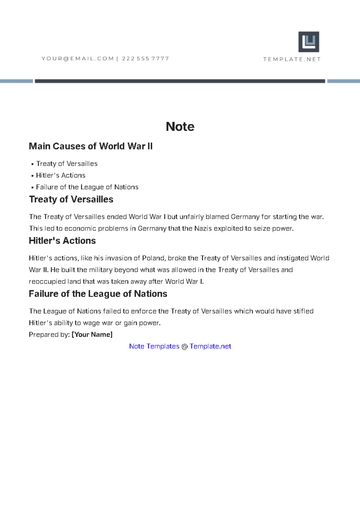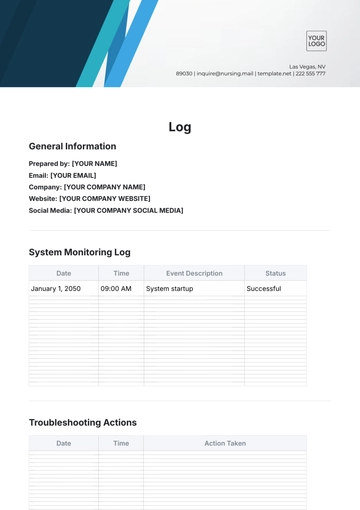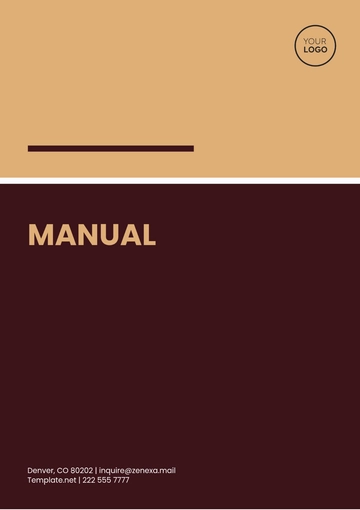Free Interior Design Client Acquisition Strategy
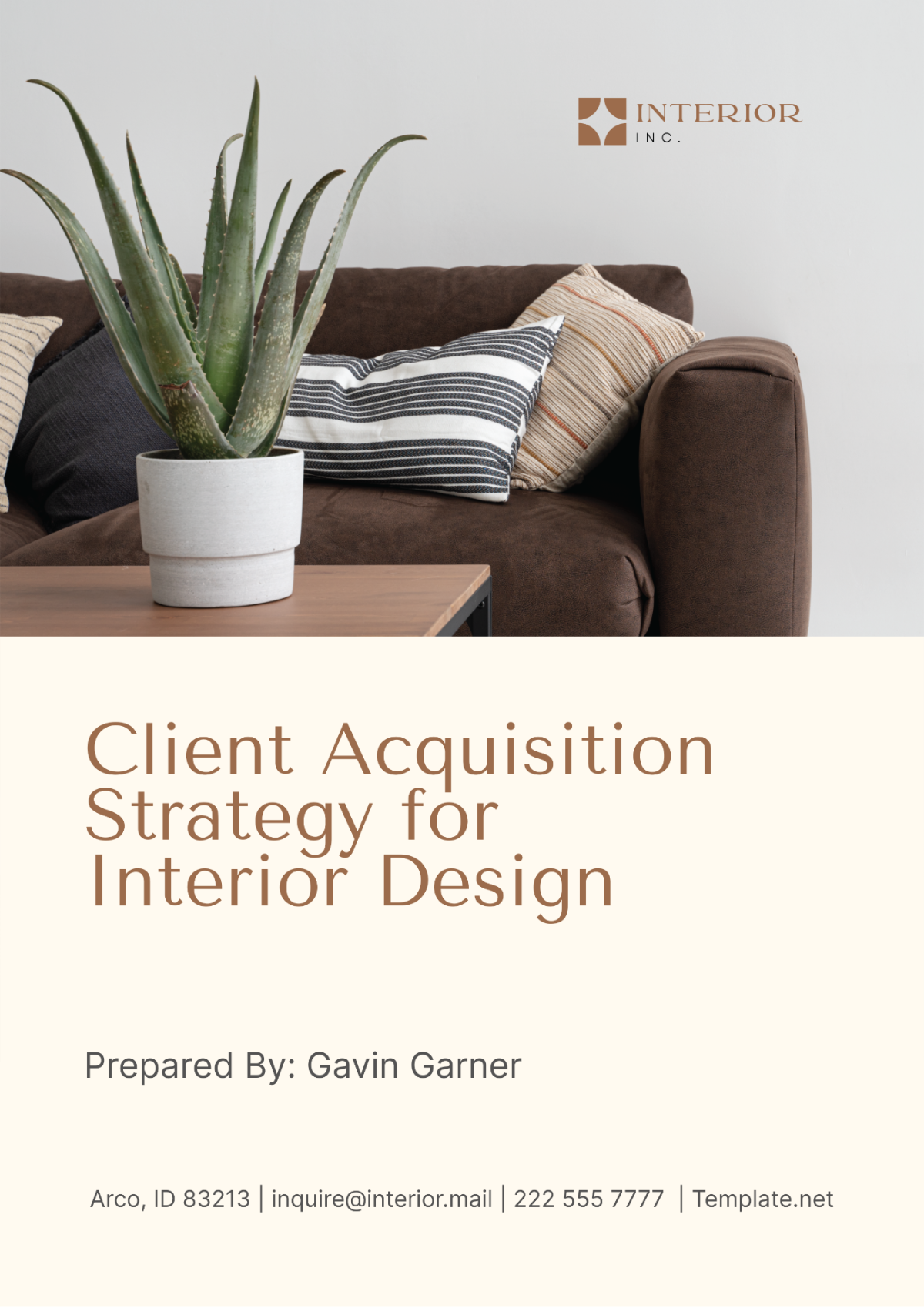
I. Market Analysis
In this section of our Interior Design Client Acquisition Strategy, we undertake a detailed examination of current market conditions to position our company strategically within the interior design industry. This analysis encompasses identifying our primary target client segments, such as residential, commercial, luxury, and budget-conscious clients. Additionally, we evaluate our competitors to understand their strengths and weaknesses and observe prevailing market trends that could impact our business. This foundational knowledge is crucial for tailoring our marketing efforts and services effectively.
Client Segment | Target Characteristics | Competitor Analysis | Market Trends |
|---|---|---|---|
Residential | Homeowners looking for personalized design solutions. | Number of local firms, their market share, services offered. | Growing demand for sustainable and eco-friendly designs. |
Commercial | Businesses, corporate offices, retail spaces needing design. | Key players, niche services, pricing strategies. | Increase in remodeling of commercial spaces post-pandemic. |
Luxury | High net-worth individuals seeking exclusive, high-end designs. | Top luxury design firms, their signature styles. | Rising interest in bespoke and artisanal home decor. |
Budget-Conscious | Cost-effective solutions for rentals and modest homes. | Firms offering affordable packages, DIY solutions. | Growing DIY market and digital design consultations. |
II. Value Proposition
At [Your Company Name], our value proposition centers around delivering bespoke interior design solutions that blend aesthetic appeal with functionality, setting us apart from our competitors. We are dedicated to providing:
Unique Design Styles: Our team of experienced designers brings a diverse set of styles ranging from contemporary to classic, ensuring personalized designs that reflect each client's personality and lifestyle.
Exceptional Customer Service: We prioritize client communication and satisfaction, offering a seamless service experience from initial consultation to final reveal. Our commitment includes regular updates, transparent pricing, and post-project support to ensure continued satisfaction.
Cost Efficiency: Understanding the financial considerations of our clients, we offer competitive pricing without compromising on quality. Our efficient project management processes minimize waste and maximize resources, providing value at every price point.
Specialized Expertise: Whether it's a cozy residential space or a sprawling commercial complex, our designers possess deep expertise in various interiors. This includes a strong focus on sustainability practices, where we incorporate eco-friendly materials and energy-efficient designs to create spaces that are not only beautiful but environmentally responsible.
Technological Integration: Utilizing the latest in design technology, we offer virtual walkthroughs and 3D renderings, allowing clients to visualize their spaces before the actual work begins. This integration of technology improves client engagement and enhances the customization process.
Through these core strengths, [Your Company Name] not only meets the diverse needs of our clients but consistently exceeds their expectations, making us a leader in the interior design industry. Our approach ensures that each client’s space is not only aesthetically pleasing but also a reflection of their values and lifestyle, fostering long-term relationships built on trust and transformed spaces.
III. Marketing Strategy
Our marketing strategy is crafted to effectively reach and engage potential clients through a blend of online and offline tactics. This holistic approach ensures maximum visibility and interaction with our target audience.
Online Marketing Tactics
Professional Website: Serve as a digital portfolio showcasing past projects, client testimonials, and detailed service offerings.
Social Media Marketing: Utilize platforms like Instagram, Pinterest, and Facebook to display recent projects, share design tips, and engage with followers.
Email Campaigns: Send monthly newsletters featuring design trends, company updates, and special promotions to keep our brand top of mind.
SEO and Content Marketing: Produce high-quality blog posts and videos that target key search terms, positioning us as industry experts.
Offline Marketing Tactics
Networking Events: Attend and sponsor industry trade shows and local business events to build relationships and brand recognition.
Public Relations: Engage with media outlets to feature our projects and expert opinions in magazines, blogs, and TV segments.
Traditional Advertising: Implement targeted ads in local magazines, newspapers, and billboards in key market areas.
Direct Mail: Send out brochures and flyers to prospective areas to keep our local community aware of our services.
Each element of our marketing strategy is designed to reinforce our brand presence and attract new clients by demonstrating our expertise, design innovation, and commitment to customer satisfaction. By integrating these diverse tactics, we aim to create a robust pipeline of potential clients and secure a leading position in the interior design industry.
IV. Sales Strategy
Our sales strategy is designed to effectively convert prospects into loyal clients through a structured process that emphasizes personalized service and client satisfaction. Here’s how we approach the sales cycle:
Sales Process
Initial Consultation ↓ Budget Discussion ↓ Proposal Submission ↓ Design Mockups ↓ Itemized Quote ↓ Agreement and Deposit ↓ Contract Signing |
|---|
Pricing Models
Fixed-Rate Packages: For clients who prefer straightforward pricing.
Hourly Consulting: For clients needing flexible, ongoing design advice.
Custom Projects: Tailored pricing based on the project’s complexity and duration.
Client Onboarding
Welcome Package: Send a welcome kit with an outline of the project process, key contacts, and what to expect.
Project Kickoff Meeting: Set timelines, introduce the project team, and confirm communication preferences.
Follow-Up Procedures
Regular Updates: Scheduled meetings and updates to keep the client informed of progress.
Post-Project Review: A meeting to ensure client satisfaction and to address any final adjustments.
Ongoing Engagement: Seasonal newsletters, maintenance tips, and offers for future projects to keep our brand in clients' minds.
V. Client Experience Management
Our client experience management strategy ensures that each client’s journey with us is seamless, engaging, and exceeds expectations at every stage. We focus on personalized service, consistent communication, and high-quality results to build lasting relationships and encourage referrals.

Stage 1: Initial Consultation
First Contact: Quick and professional response to all inquiries.
Discovery Meeting: A comprehensive meeting to understand the client's vision, preferences, and budget.
Proposal Delivery: Presentation of a tailored proposal with design concepts and cost estimates.
Stage 2: Design and Planning
Design Approval: Interactive design sessions to finalize the creative vision.
Project Scheduling: Setting realistic timelines and milestones.
Communication Plan: Establishing regular update intervals and preferred communication channels.
Stage 3: Implementation and Execution
Project Management: Overseeing project milestones and managing any arising issues promptly.
Quality Assurance: Regular quality checks to ensure the work meets our high standards and the client’s expectations.
Client Check-Ins: Scheduled meetings to show progress and gather feedback, ensuring alignment with the client’s vision.
Stage 4: Completion and Follow-Up
Final Walkthrough: Conducting a thorough walkthrough to ensure complete satisfaction.
Handover Documentation: Providing all necessary project documentation, warranties, and care instructions.
Post-Completion Support: Offering a satisfaction survey, addressing any concerns, and providing periodic follow-ups to assist with any further needs.
Referral Encouragement: Introducing a referral program that rewards clients for recommending our services to others.
VII. Partnerships and Networking
Before delving into the intricacies of partnerships and networking, it's crucial to recognize their pivotal role in expanding our interior design business. By forging strategic alliances with furniture suppliers, architectural firms, and professional associations, as well as actively engaging with the community, we aim to not only enhance our client acquisition efforts but also foster long-term growth and success.
1. Identifying Potential Partnerships
In order to expand our reach and enhance client acquisition efforts, we will identify potential partnerships with various businesses and professional associations within the interior design industry. This includes:
Furniture Suppliers: Establishing partnerships with reputable furniture suppliers allows us to offer clients a comprehensive design package while ensuring the quality and reliability of materials.
Architectural Firms: Collaborating with architectural firms enables us to provide integrated design solutions for clients undertaking new construction or renovation projects.
2. Networking Opportunities
We recognize the value of networking in building relationships and generating referrals. Strategies to capitalize on networking opportunities include:
Attending Industry Events: Participating in trade shows, conferences, and local networking events allows us to connect with industry professionals and potential clients.
Joining Professional Associations: Becoming members of professional associations such as the American Society of Interior Designers (ASID) or the International Interior Design Association (IIDA) provides access to networking events, educational resources, and industry insights.
3. Community Engagement and Collaboration
Engaging with the community not only strengthens our brand presence but also fosters goodwill and trust. Our strategies for community engagement and collaboration include:
Participating in Local Events: Sponsoring or participating in community events, charity fundraisers, and design workshops demonstrates our commitment to the local community and allows us to showcase our expertise.
Collaborating with Local Businesses: Partnering with local businesses, such as art galleries or home décor stores, for cross-promotional events or design showcases enhances our visibility and attracts potential clients.
VII. Performance Metrics and Adaptation
Before delving into the intricacies of partnerships and networking, it's crucial to recognize their pivotal role in expanding our interior design business. By forging strategic alliances with furniture suppliers, architectural firms, and professional associations, as well as actively engaging with the community, we aim to not only enhance our client acquisition efforts but also foster long-term growth and success.
1. Identifying Potential Partnerships
In order to expand our reach and enhance client acquisition efforts, we will identify potential partnerships with various businesses and professional associations within the interior design industry. This includes:
Furniture Suppliers: Establishing partnerships with reputable furniture suppliers allows us to offer clients a comprehensive design package while ensuring the quality and reliability of materials.
Architectural Firms: Collaborating with architectural firms enables us to provide integrated design solutions for clients undertaking new construction or renovation projects.
2. Networking Opportunities
We recognize the value of networking in building relationships and generating referrals. Strategies to capitalize on networking opportunities include:
Attending Industry Events: Participating in trade shows, conferences, and local networking events allows us to connect with industry professionals and potential clients.
Joining Professional Associations: Becoming members of professional associations such as the American Society of Interior Designers (ASID) or the International Interior Design Association (IIDA) provides access to networking events, educational resources, and industry insights.
3. Community Engagement and Collaboration
Engaging with the community not only strengthens our brand presence but also fosters goodwill and trust. Our strategies for community engagement and collaboration include:
Participating in Local Events: Sponsoring or participating in community events, charity fundraisers, and design workshops demonstrates our commitment to the local community and allows us to showcase our expertise.
Collaborating with Local Businesses: Partnering with local businesses, such as art galleries or home décor stores, for cross-promotional events or design showcases enhances our visibility and attracts potential clients.
- 100% Customizable, free editor
- Access 1 Million+ Templates, photo’s & graphics
- Download or share as a template
- Click and replace photos, graphics, text, backgrounds
- Resize, crop, AI write & more
- Access advanced editor
Develop effective strategies with the Interior Design Client Acquisition Strategy Template from Template.net. This customizable and editable document simplifies the creation of plans for acquiring clients in your interior design business. Tailored for the design industry, it ensures clarity and professionalism in outlining tactics, channels, and timelines. Editable in our Ai Editor Tool, it facilitates seamless customization to meet your firm's specific client acquisition needs effectively.
You may also like
Free
Free CV Template
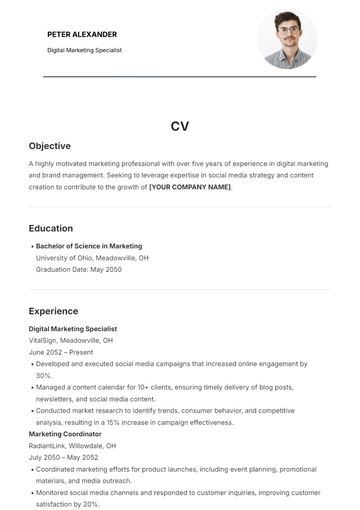
- Resume
- Cover Letter
- Report
- Budget
- Lesson Plan
- Itinerary
- Resignation Letter
- Letter
- Job Description
- To Do List
- CV
- Proposal
- Business Plan
- Checklist
- List
- Smart Goal
- Executive Summary
- Agenda
- Analysis
- Press Release
- Memo
- Note
- Action Plans
- Script
- Essay
- Brief
- Syllabus
- Tracker
- Contract
- Agreement
- Bill of Sale
- Case Study
- White Paper
- Statement
- Will
- Deed
- Notice
- Scope of Work
